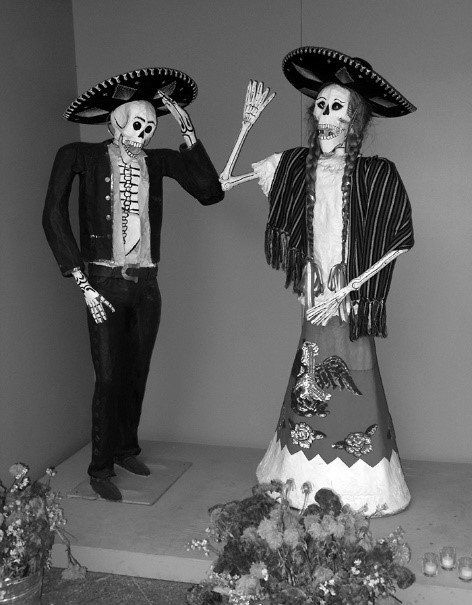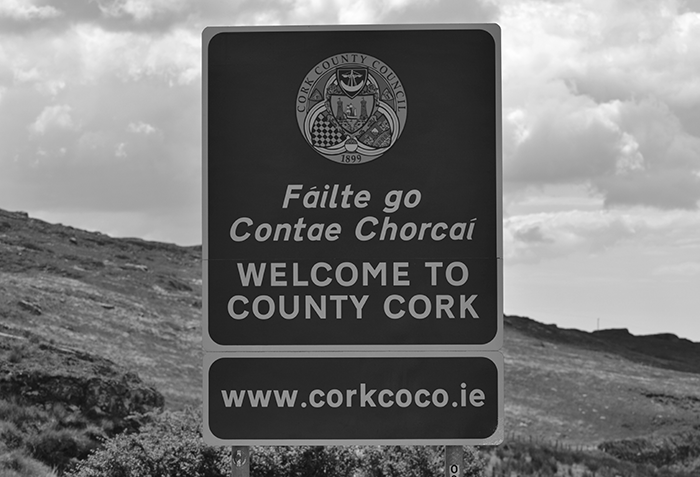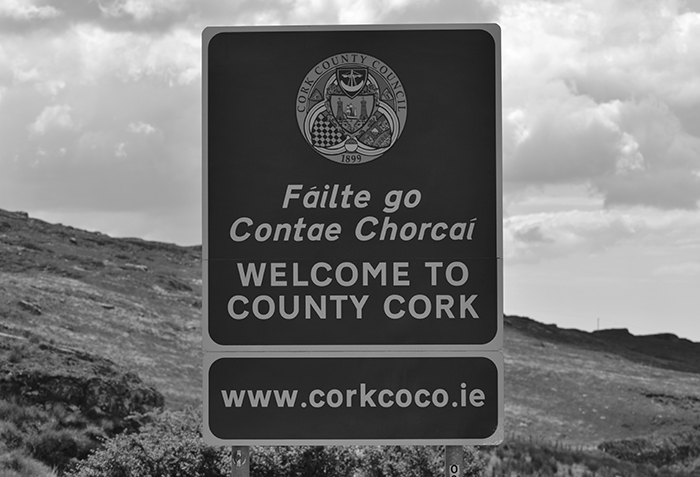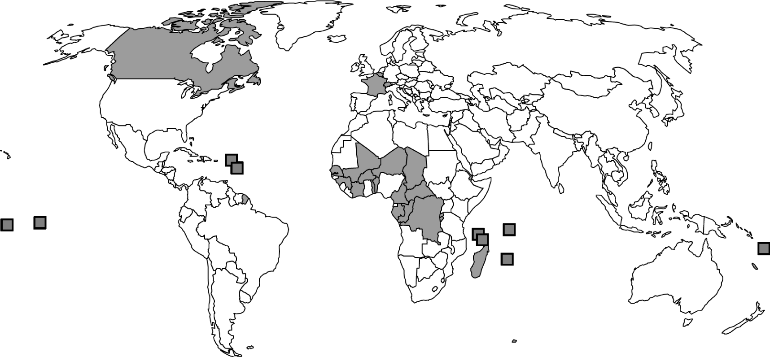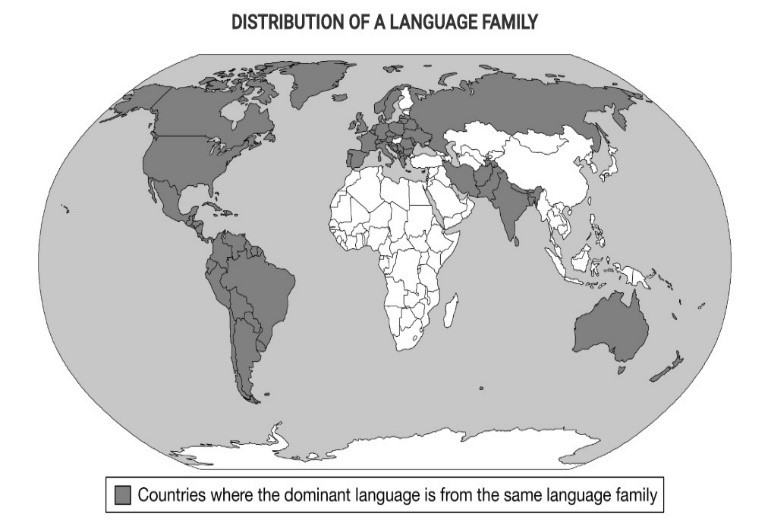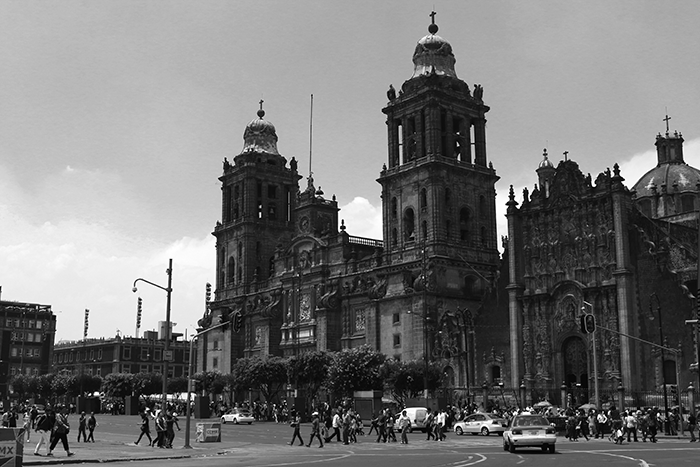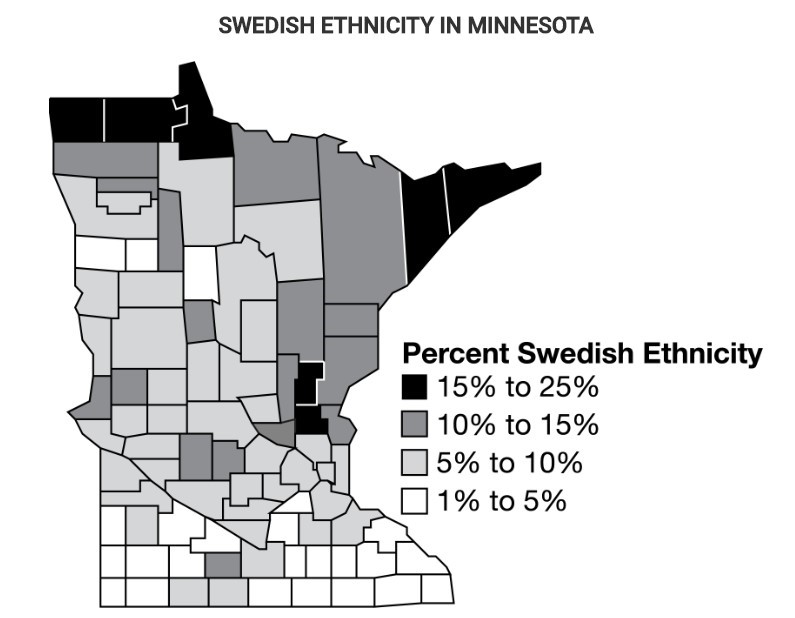
Unit 3 Test for Midterm
Assessment
•
Bonita Steffen
•
Geography
•
9th - 12th Grade
•
728 plays
•
Medium
Improve your activity
Higher order questions
Match
•
Reorder
•
Categorization
.svg)
actions
Add similar questions
Add answer explanations
Translate quiz
Tag questions with standards
More options
50 questions
Show answers
1.
Multiple Choice
A pilgrim to Varanasi (Benares) in India is most likely to be a
Christian
Jew
Hindu
Buddhist
Muslim
2.
Multiple Choice
A world map of hog production per capita would reveal the lowest values in which of the following regions?
The United States Midwest
Southeast Asia
Western Europe
The Middle East
China
3.
Multiple Choice
An ethnic neighborhood is best described as which of the following?
An involuntary community where people with similar values reside
A rural community where people with similar backgrounds are required to live
A voluntary urban community where people of similar origin reside
An area in the inner city where certain groups are forced to live
A city neighborhood that is undergoing population change due to immigration
4.
Multiple Choice
Cultural landscape can be defined as
the types of art, music, dance, and theater practiced in a particular region
the ways that people in differing cultures perceive the environment
the forms superimposed on the physical environment by the activities of humans
the diversity of distinctive cultures within a particular geographic area
a particular area within a geographic region dedicated to cultural activities
5.
Multiple Choice
The state of California, often considered a hearth of environmental laws, will be the first state to ban plastic straws. Which of the following statements best describes the likely spread of this environmental practice?
This practice will likely spread via hierarchical diffusion when the president of the United States signs an executive order banning plastic straws in all states.
This practice will likely spread via social media and stimulus diffusion when other states enact identical laws banning plastic straws.
As regional news organizations report on the ban, this practice will likely spread through contagious diffusion only to western states adjacent to California.
Strong lobbying by the plastics industry will likely curtail the diffusion of the ban, and this practice will be limited to California.
Similar environmental laws will likely spread through stimulus diffusion to other states via political activism.
6.
Multiple Choice
Which scenario best explains the process of assimilation?
A family immigrates to a new country, settles near others from their homeland, and conducts most of their day-to-day activities within their ethnic neighborhood.
Despite the large number of historic churches in France, many French identify as nonreligious and believe that religion is a private matter.
The island of Mauritius has large populations of Christians, Hindus, and Muslims. The constitution of Mauritius prohibits discrimination and protects freedom of religion.
The American government educated Native American children in American-style boarding schools. All of the children were taught English, and girls were taught how to be homemakers.
Hinduism diffused from India to Bali, where it blended with traditional Balinese beliefs to create a form of Hinduism unique to Bali.

Explore this activity with a free account
Find a similar activity
Create activity tailored to your needs using
.svg)

States and Capitals
•
3rd - 5th Grade

Continents and Oceans
•
2nd Grade

Rivers
•
3rd Grade

Canada
•
3rd Grade

Migration
•
5th Grade

Contents and Oceans
•
7th Grade

Continents and Oceans Quiz
•
9th - 11th Grade

Types of Governments
•
9th - 12th Grade


